Art has always been a symbol of wealth, culture, and prestige. Some masterpieces not only captivate the soul but also ignite the art market with their staggering prices. These high-end artworks have set records, becoming symbols of opulence and status. Each piece carries a unique story and a hefty price tag, solidifying its place in art history. Let’s explore these extraordinary works that have truly set the market on fire.
“Salvator Mundi” by Leonardo da Vinci
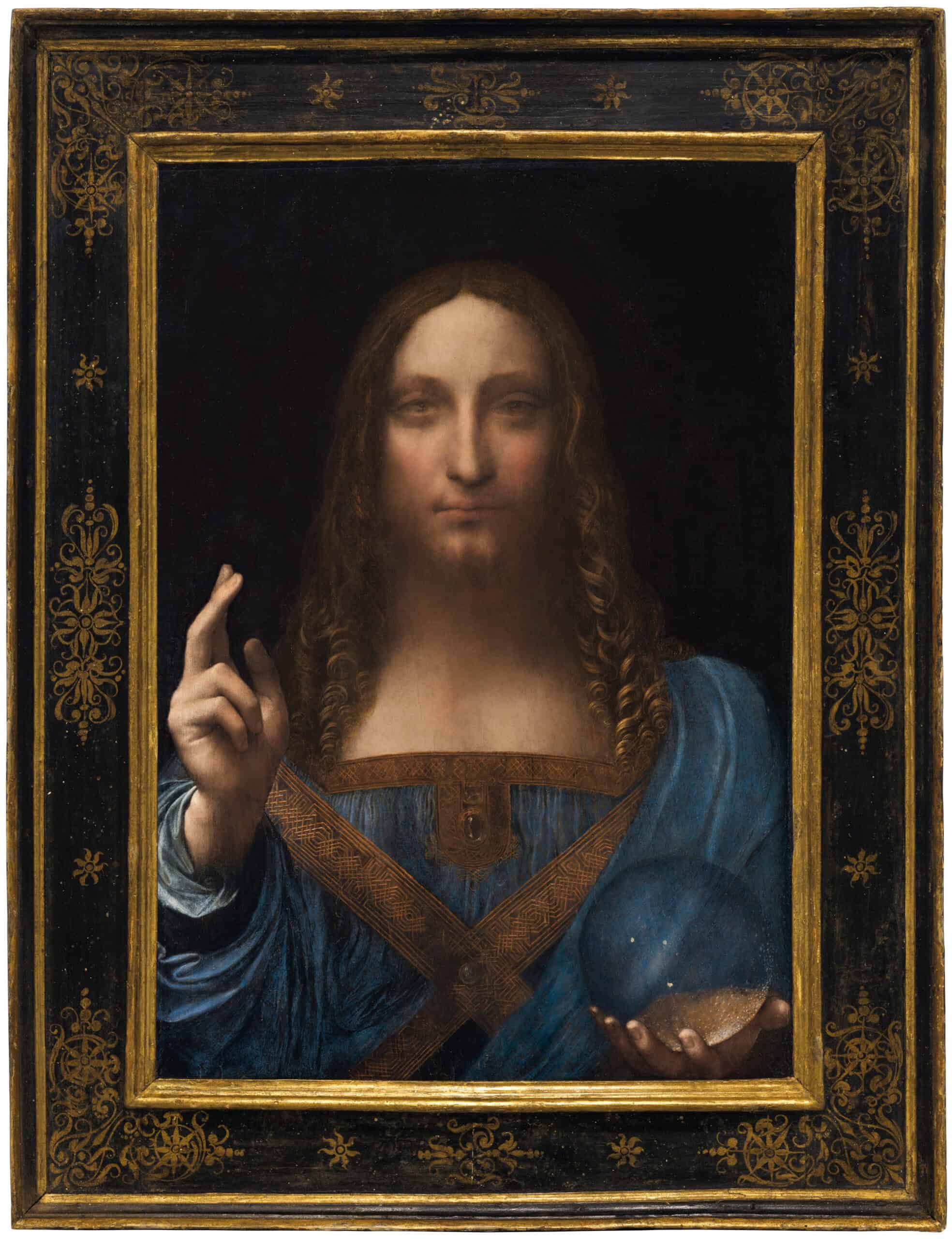
“Salvator Mundi” is a masterpiece by Leonardo da Vinci, believed to date back to around 1500. This painting of Christ, holding a crystal orb, mesmerized the world when it surfaced after years of obscurity. The piece sold at a record-breaking $450.3 million at a Christie’s auction in 2017. It became the most expensive artwork ever sold. Its detailed depiction of Christ’s serene expression and delicate hand gestures highlight da Vinci’s unparalleled skill. The painting’s mysterious history and staggering price make it an icon of the art world.
“The Card Players” by Paul Cézanne
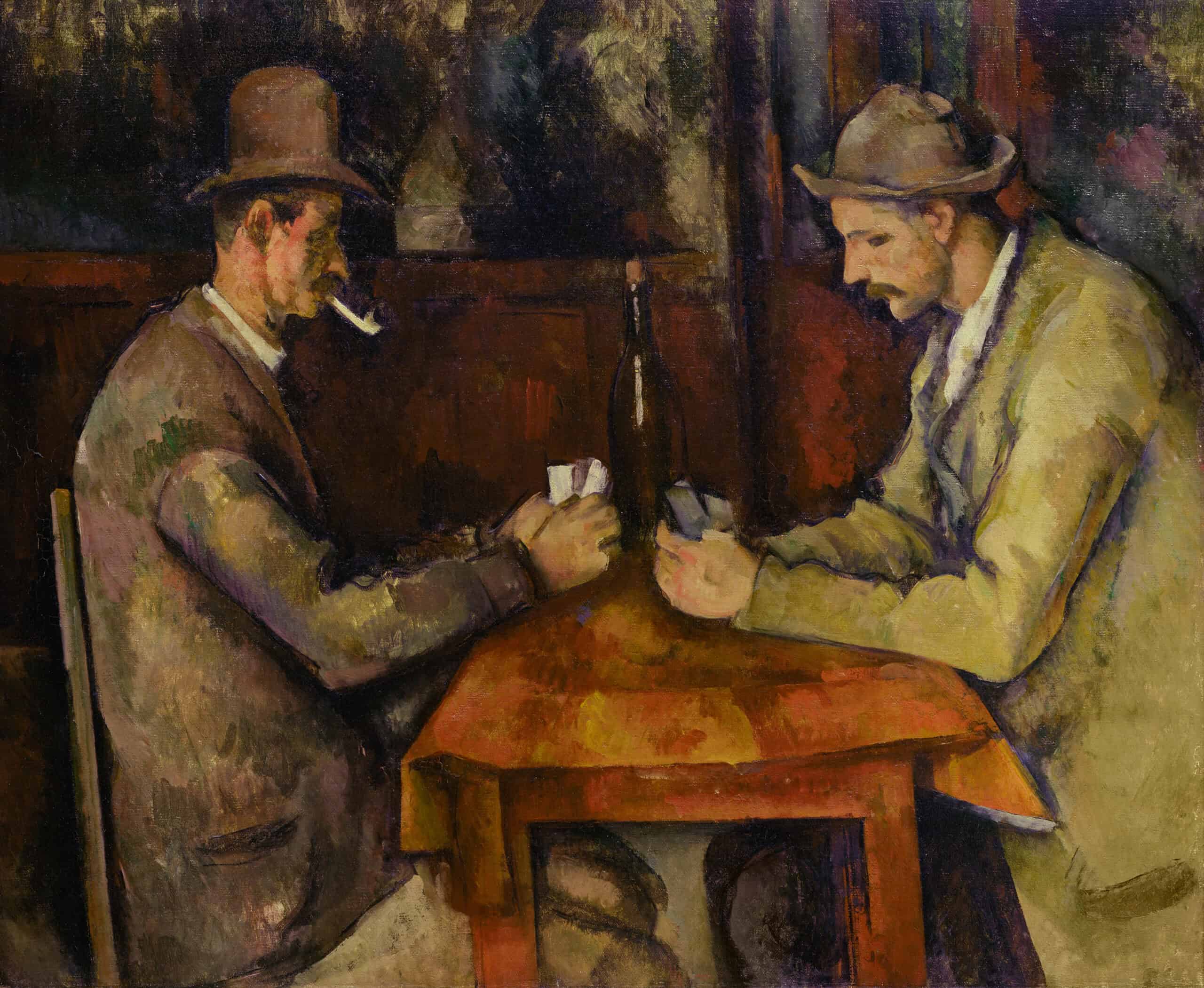
Paul Cézanne’s “The Card Players” is part of a series of five paintings created during the 1890s. This particular piece was sold to the Qatari royal family for an estimated $250 million in 2011. It portrays two peasants engrossed in a card game, captured with Cézanne’s masterful use of color and composition. The simplicity of the scene contrasts with the painting’s complex brushwork. The sale marked a new high in the art market, reflecting Cézanne’s influence on modern art.
“Nafea Faa Ipoipo (When Will You Marry?)” by Paul Gauguin
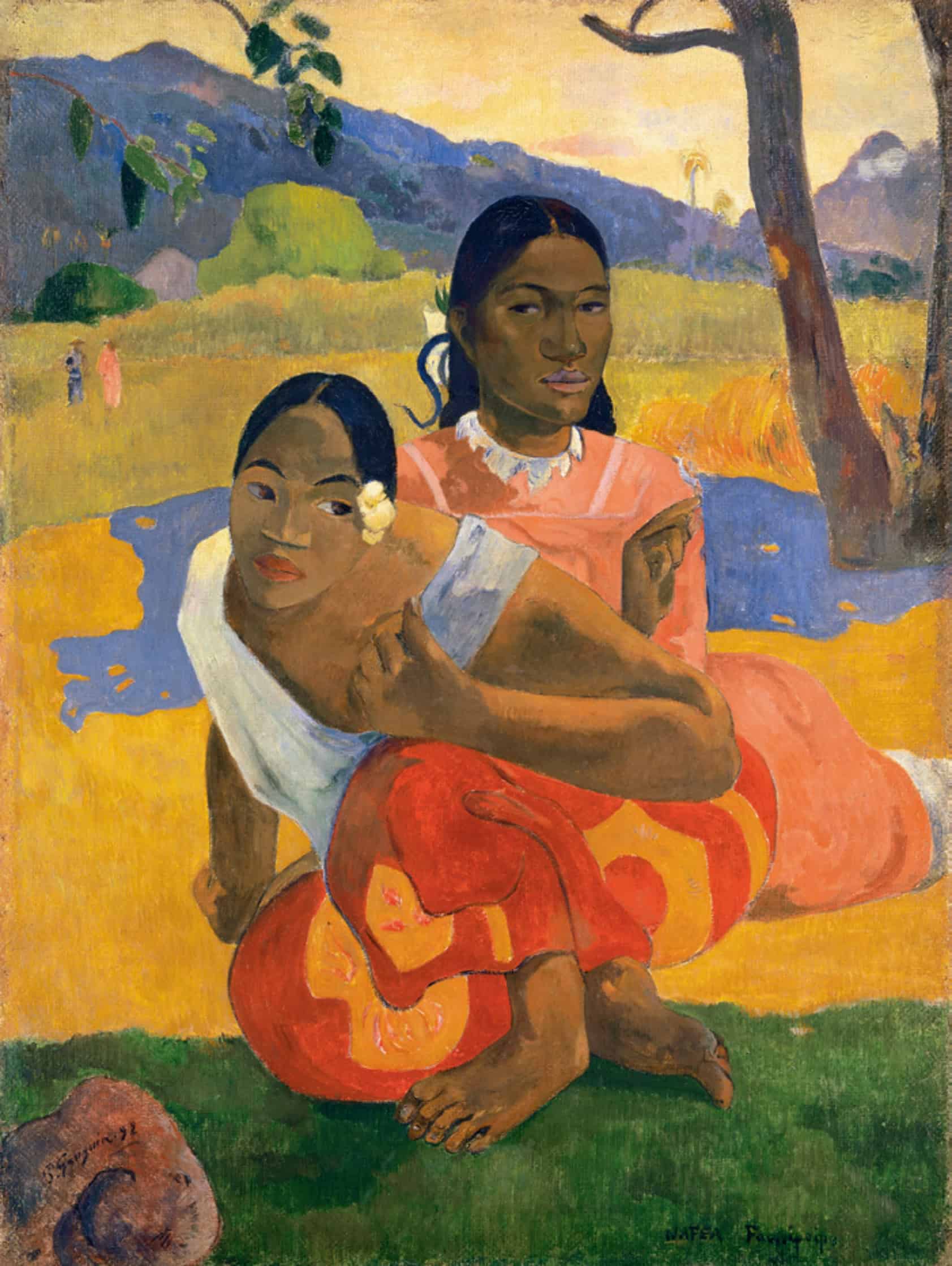
Paul Gauguin’s “Nafea Faa Ipoipo” is a stunning portrayal of two Tahitian women, painted in 1892. The vibrant colors and exotic subject matter reflect Gauguin’s fascination with Tahiti. This painting was sold in a private sale for approximately $210 million in 2015. The work is celebrated for its bold use of color and its representation of Gauguin’s quest to capture the unspoiled beauty of Tahitian life. Its sale price solidified Gauguin’s status as a leading figure in post-impressionist art.
“Les Femmes d’Alger (Version ‘O’)” by Pablo Picasso
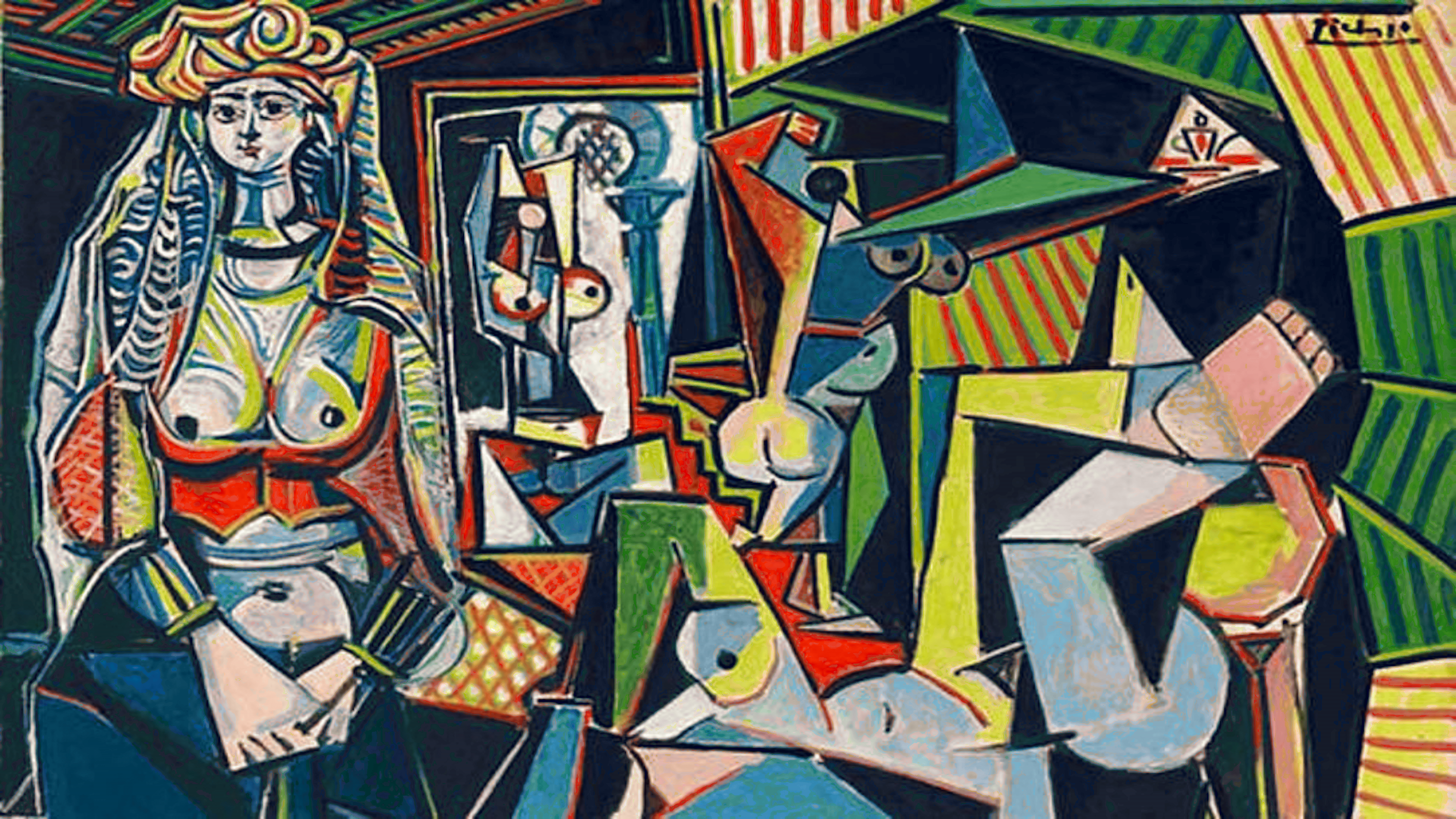
Pablo Picasso’s “Les Femmes d’Alger (Version ‘O’)” is a vibrant and complex cubist painting, created in 1955. The artwork, inspired by Eugène Delacroix’s 1834 painting, was sold at auction for $179.4 million in 2015. This piece is the final work in a series of 15 paintings by Picasso, each exploring different perspectives and styles. The painting’s rich colors and intricate details showcase Picasso’s genius, making it a cornerstone of 20th-century art.
“Nu couché” by Amedeo Modigliani
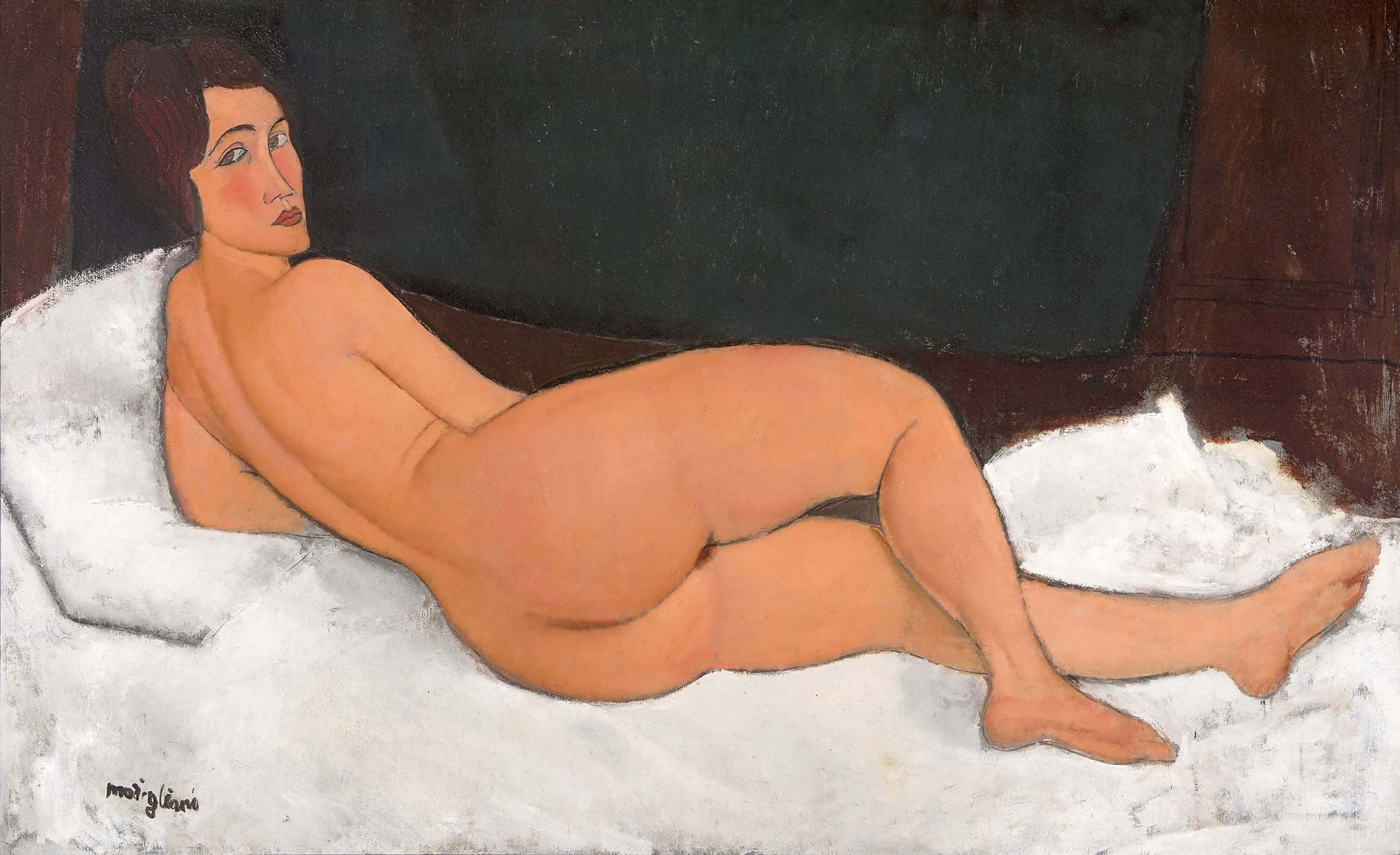
Amedeo Modigliani’s “Nu couché” is a sensuous and provocative nude painting from 1917-18. The reclining figure, with its elongated form and bold use of color, is a hallmark of Modigliani’s style. This painting fetched $170.4 million at a Christie’s auction in 2015. The work’s raw emotion and unique composition make it one of the most admired nudes in art history. Its sale price reflects the enduring allure of Modigliani’s work.
“Portrait of Adele Bloch-Bauer I” by Gustav Klimt
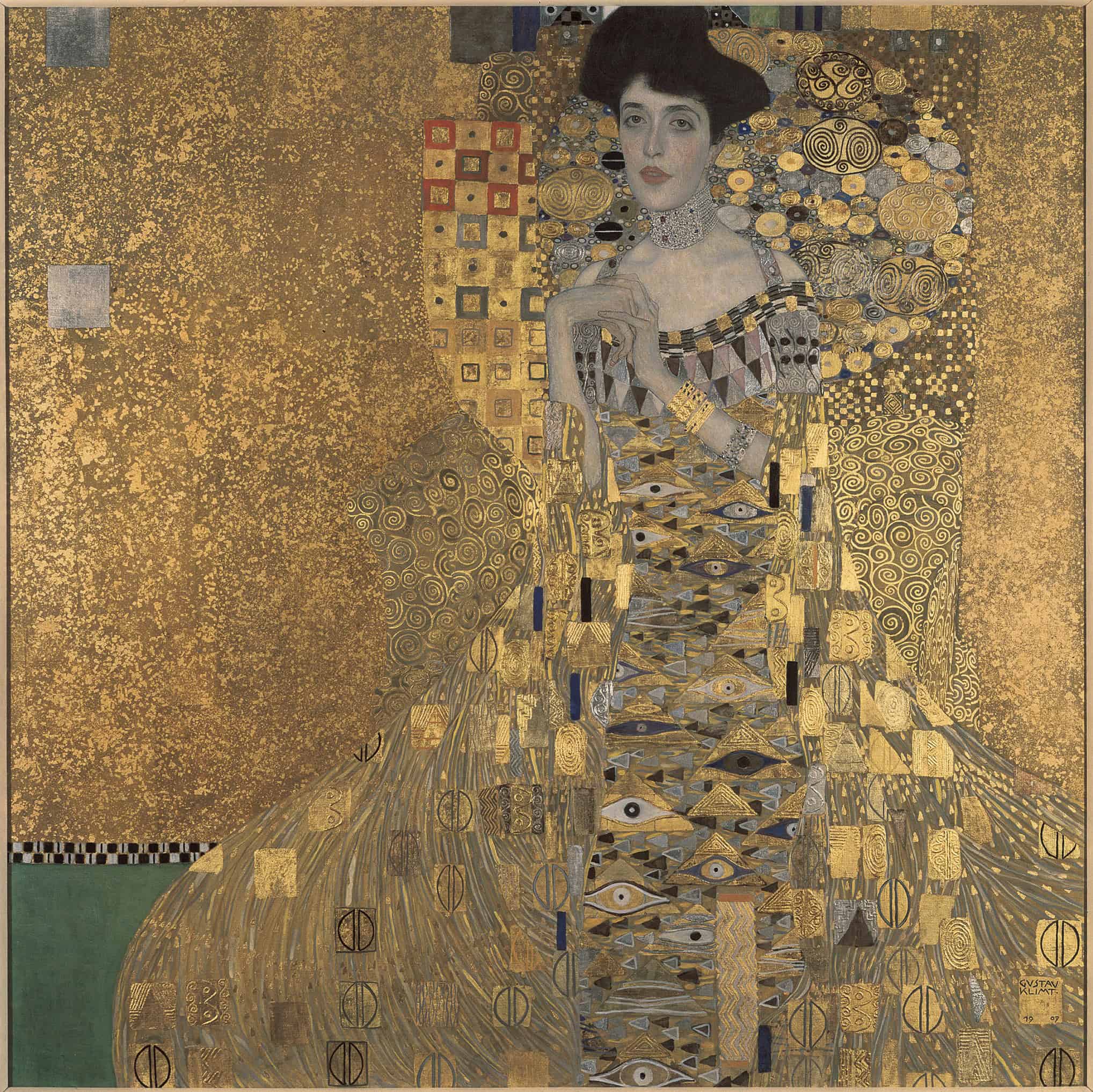
Gustav Klimt’s “Portrait of Adele Bloch-Bauer I,” also known as “The Woman in Gold,” is a stunning example of his golden phase. Painted in 1907, this portrait is a shimmering mix of gold leaf, oil, and silver, depicting the wealthy Viennese woman Adele Bloch-Bauer. It was sold for $135 million in 2006 to cosmetics magnate Ronald Lauder. The painting’s intricate detail and lavish materials make it a masterpiece of early 20th-century art. Its sale highlighted the complex history of art looted during World War II.
“Le Rêve” by Pablo Picasso
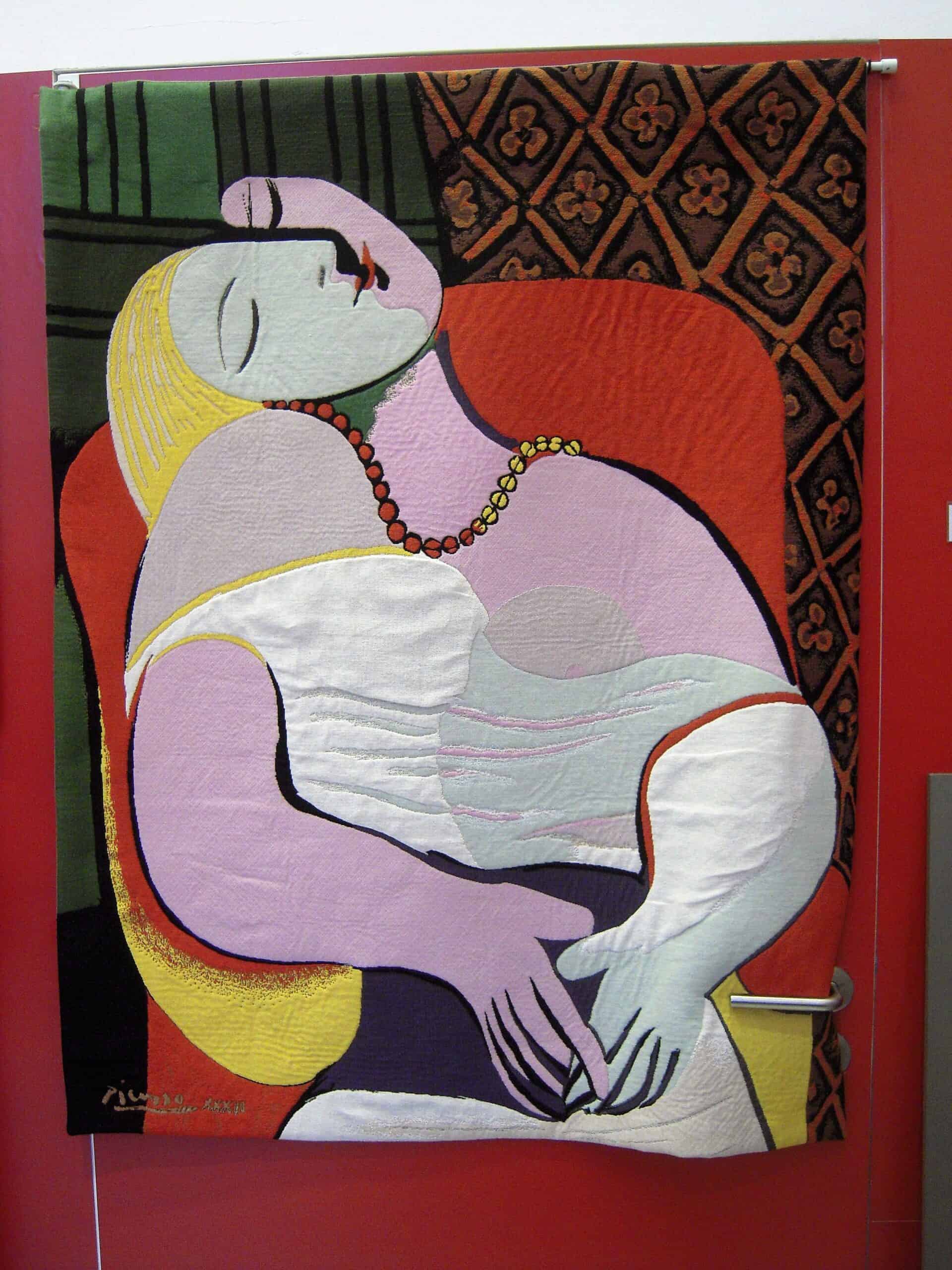
Pablo Picasso’s “Le Rêve” (The Dream) is a colorful and sensuous painting, created in 1932. It portrays Picasso’s mistress, Marie-Thérèse Walter, in a dreamy, abstract style. The painting was sold to hedge fund manager Steven A. Cohen for $155 million in 2013. Its bold lines and vibrant colors are characteristic of Picasso’s work during this period. “Le Rêve” is celebrated for its erotic undertones and innovative use of form, making it a landmark in modern art.
“Three Studies of Lucian Freud” by Francis Bacon
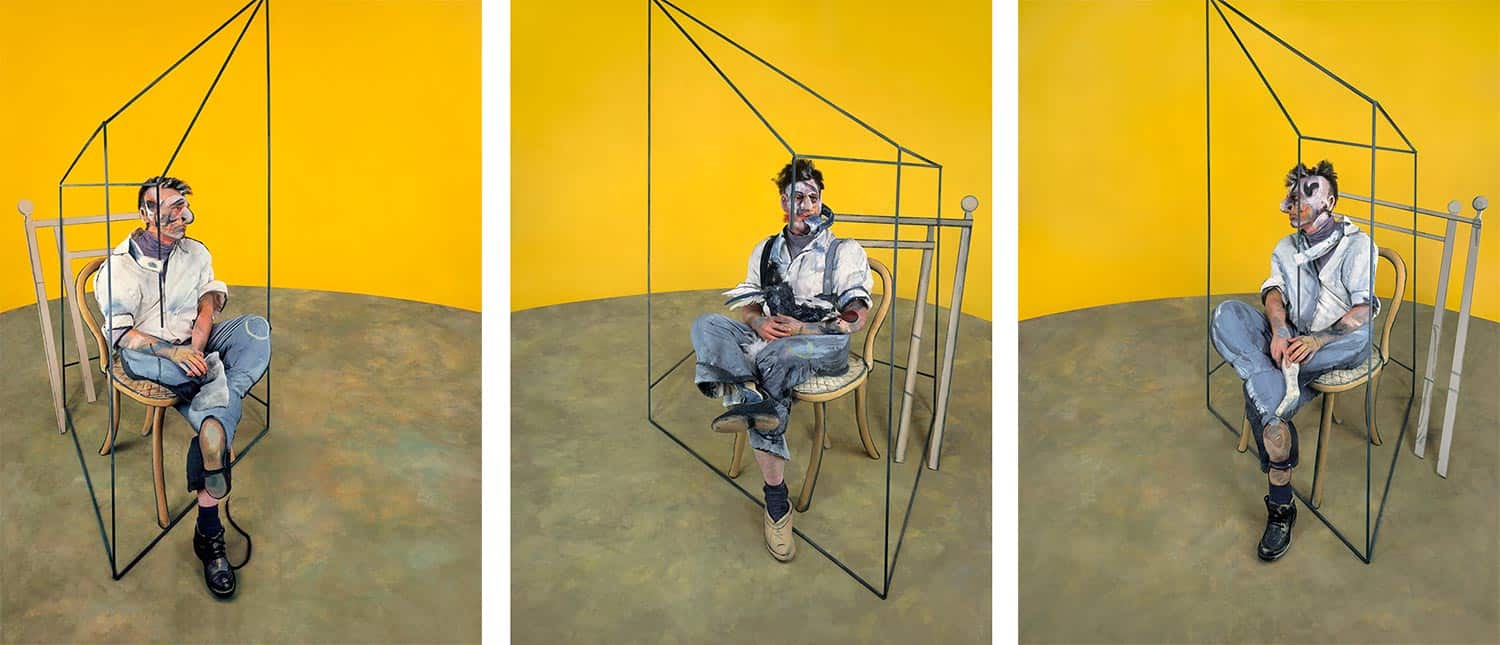
Francis Bacon’s “Three Studies of Lucian Freud” is a triptych painted in 1969, depicting the artist’s close friend and fellow painter Lucian Freud. The three panels capture Freud in various poses, rendered with Bacon’s distinctive intensity and raw emotion. This work was sold at auction for $142.4 million in 2013, setting a record for the most expensive artwork at the time. The painting’s powerful depiction of human vulnerability and its vivid colors make it one of Bacon’s most celebrated works.
“The Scream” by Edvard Munch
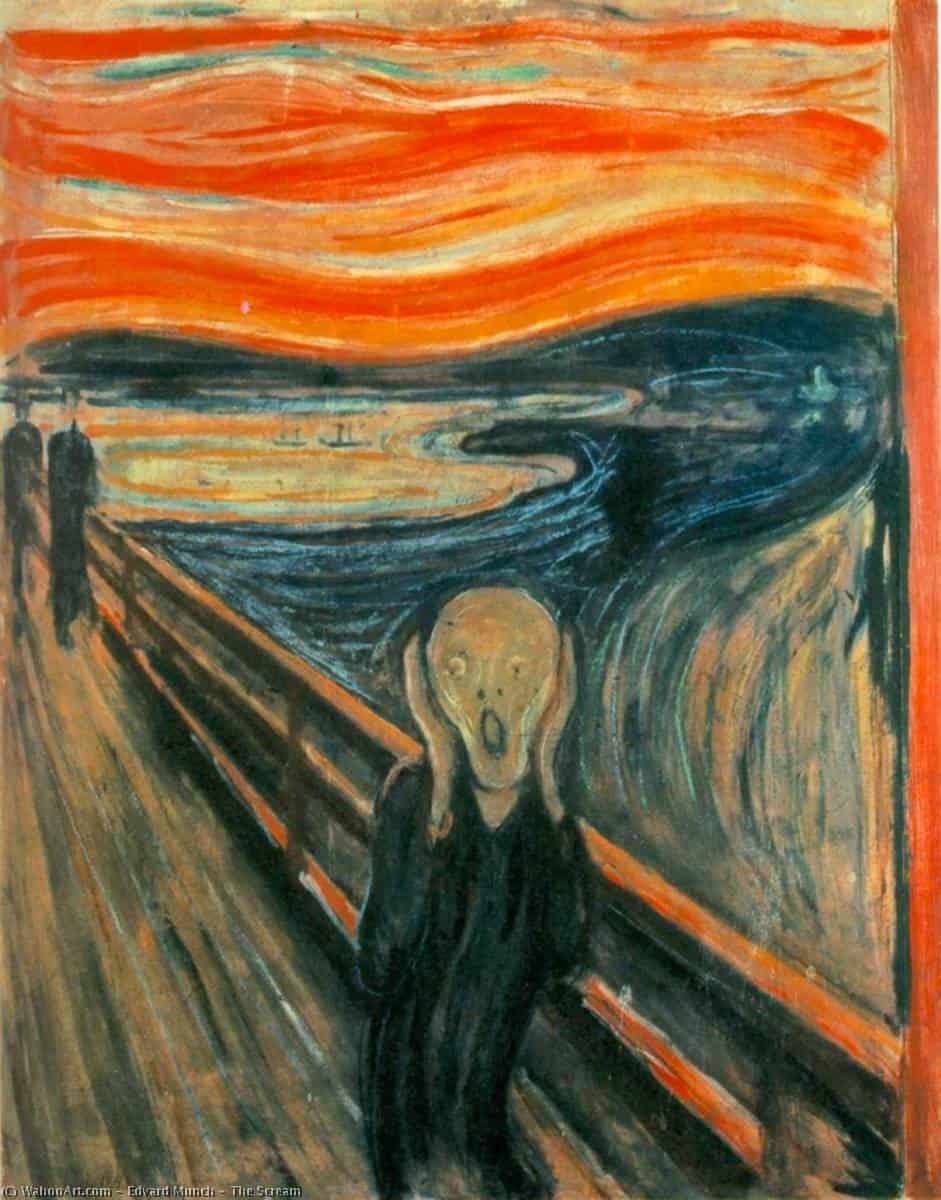
Edvard Munch’s “The Scream” is one of the most recognizable artworks in the world, symbolizing modern existential angst. Created in 1893, this haunting image of a figure against a turbulent sky has captivated audiences for over a century. In 2012, one of the four versions of “The Scream” was sold at Sotheby’s for a staggering $119.9 million. The vibrant colors and emotional intensity of the piece make it a powerful expression of human anxiety. Its record-breaking sale price solidifies its status as a cultural icon.
“Portrait of Dr. Gachet” by Vincent van Gogh

Vincent van Gogh’s “Portrait of Dr. Gachet” is a poignant depiction of the physician who cared for him during the final months of his life. Painted in 1890, the portrait reflects Van Gogh’s admiration for Dr. Gachet, capturing his melancholic expression with vivid brushstrokes. This masterpiece was sold for $82.5 million in 1990, making it one of the most expensive paintings at the time. The portrait’s emotional depth and historical significance make it a cherished work in Van Gogh’s oeuvre.
This article originally appeared on Rarest.org.
More from Rarest.org
15 Gold Coins That Are Worth Their Weight and More
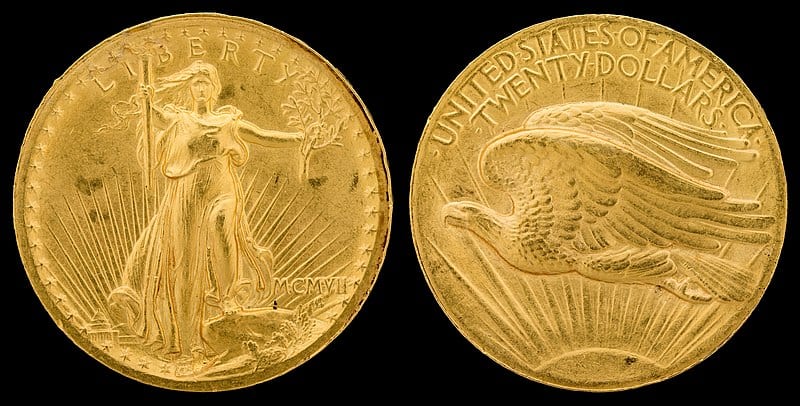
Gold coins have long been prized not just for their intrinsic value but also for their historical significance and beauty. Read More.
15 Most Expensive Insects in the World
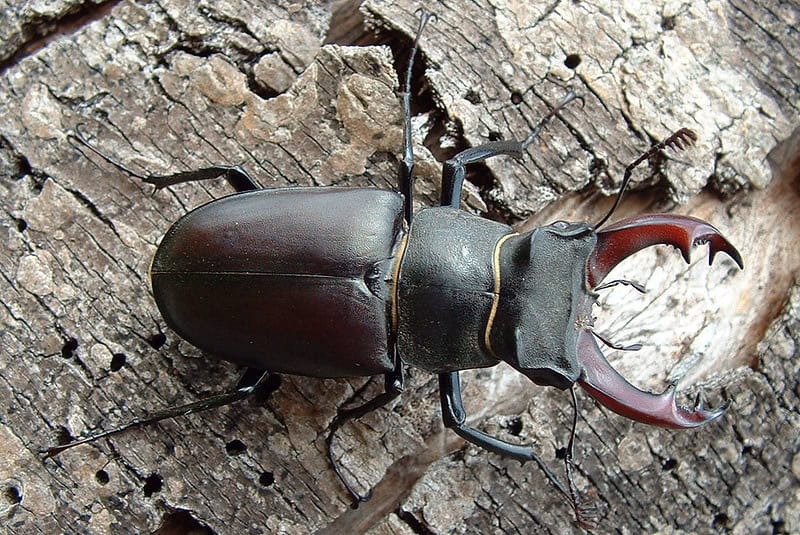
In the fascinating world of insects, some species stand out not just for their unique appearances and behaviors but also for their extraordinary prices. Read More.
1994 Jefferson Nickel Value Guide
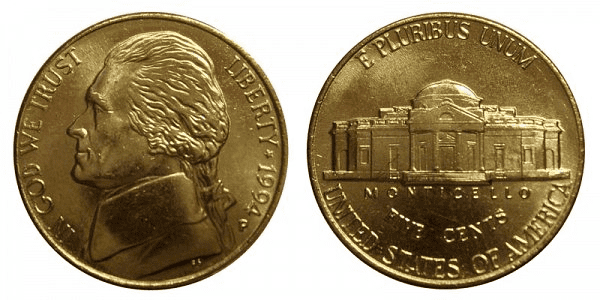
Are you trying to learn more about the 1994 nickel? If yes, then you are in the right place. In this article, you will discover the composition, historical significance, and value of the 1994 five-cent coin. Read More.
